Part I: Crippling Drought Grips War-Torn Afghanistan
Afghanistan is in crisis. Already plagued by seemingly endless war, more than two-thirds of the country is now experiencing the effects of a crippling drought. Some sources are calling it “the worst drought in decades”[1] and UNICEF estimates 500,000 children are affected by the disaster[2].
Alice Thomas is an expert on situations like this. In 2010, Alice joined Refugees International to launch the Climate Displacement Program, bringing with her over a decade of experience in international development and environmental law and policy. The goal of the program is to advocate for solutions to address the increasing impact of extreme weather and other effects of climate change on displacement and humanitarian crises. She has been a member of CAI’s board of directors since 2017.
Alice sat down with us earlier this summer to discuss the ongoing crisis in Afghanistan. With so much to cover, our conversation is presented in two parts. The first portion of our conversation is below.
Hannah White (HW): Afghanistan is currently experiencing a severe drought. How do extreme conditions like this affect the Afghan people, and others facing similar conditions?
Alice Thomas (AT): Countries like Afghanistan that are both extremely vulnerable to the effects of climate change, including drought, and also very poor, experience droughts much more severely than do developed countries like the United States. And that’s primarily because millions of people in those countries are reliant on rain-fed agriculture for their livelihoods, and to feed their families. So, when it doesn’t rain and it’s dry, not only is it harder for them to access water for their personal uses, but it also directly impacts their agriculture, their crops, and their animals. And very quickly the situation can turn into an emergency because they don’t have food.
What I’ve seen people do in times of crises like this is start to do things like sell off their productive assets. If they have one or two seasons of below-average or failed crops and they run out of their storage grain, or whatever they store, they need to figure out some other way to get money to buy food. And they’ll sell a cow or a goat or a motorcycle or whatever it is they might have. But when they do that, what happens is they just become more vulnerable to the next drought and to the next season.
HW: In the news you hear about the life-saving aid provided in situations like this. Aid organizations bring in food, water, and shelter. Tell us more about the long and short-term impacts of drought.
AT: The response to the immediate crisis will require, as you say, life-saving humanitarian assistance. So, that usually comes in the form of food, and now, more and more, it comes in terms of not just giving them food but giving them cash to buy food and to buy food locally.
The lack of water has very severe impacts on human health and hygiene. The increase in moderate and severe malnutrition makes people more vulnerable to all kind of illnesses to which they’re already susceptible in places like Afghanistan. But you see an upsurge in other water-borne illness as well, like cholera and the like. That can be extremely dangerous and take as many lives as the lack of food and water. Usually, it’s women and children, particularly pregnant women and children under five, who are most vulnerable to drought-related illnesses and death.
There are other very noticeable impacts on women and girls that result during times of drought. In all countries, wealthy and poor, the evidence shows there are increased levels of gender-based violence (GBV) in the aftermath of a natural disaster. There are numerous studies showing high levels of what we call GBV against women and girls in the aftermath of disasters globally. Girls will be sent out, they’ll have to walk longer distances to get water and get firewood in times of drought and they’re exposed to GBV when they’re on their own doing that.
You also see that families will pull their children out of school during times of drought because they need children to be at home to help find ways to earn money. Girls have more domestic chores. They have a much heavier load of the domestic work in that regard and they will be pulled out of school. And again, there are statistics globally that show that girls’ drop-out rates are higher during times of drought for this very reason.
So, all of these [drought-related effects] can have long-term impacts on poor families, but these impacts can be particularly felt by women and girls.
HW: How does conflict complicate this situation?
AT: Well, conflict is just… it’s a terrible confluence of events to have extreme weather events, like a drought or a flood, and have conflict. And that’s for a couple of reasons.
First is that, mainly it’s because, not only are people already very vulnerable in those situations because of the ongoing instability, but it makes it very hard for the government or international humanitarian agencies to provide assistance in conflict situations because they can’t get access. So, in most of rural Afghanistan right now, if there was no conflict, you would have people flying in and driving into the worst areas, and they’d be there on the ground setting up offices and providing food, water, and other humanitarian aid. But the situation now, because it’s so dangerous to go around the country, it becomes very hard for humanitarian workers to get access to drought-affected areas.
So essentially, where there is ongoing insecurity that restricts humanitarian access, a drought can become a famine. Famine is usually man-made. There’s very bad food insecurity and then what happens is you can’t get access, you can’t get food assistance to people who need it … and it becomes a famine.
HW: What is the likelihood that something like this will happen again in Afghanistan, or somewhere else in Central Asia?
AT: I mean, it’s so interesting because when I first started working on the intersection of climate change and displacement and humanitarian disasters, I thought I would be focusing on small island states, such as the Pacific Islands, that are less than 10 feet above sea level. They are extremely vulnerable to climate change. But I found a map that had the countries in the world that are most vulnerable to climate change and the countries that stood out to me were the countries that are not just the poorest, but the most fragile, conflict-ridden states. These included Afghanistan, Pakistan, and parts of Central Asia, but it also included parts of Sub-Saharan Africa – the Horn of Africa and West Africa; Yemen and part of the Arabian Peninsula. Places that are already incredibly fragile politically or are conflict-ridden.
Check your inboxes early next week for the second half of our conversation. In part two, Alice outlines the direct impact of drought on education, women, and living conditions.
In the meantime, keep exploring this topic:
VIDEO: Worst Drought in Decades Grips Two-Thirds of Afghanistan
500,000 children affected by drought in Afghanistan
[1] Afghanistan faces worst drought in decades, as UN warns 1.4 million people need help
[2] 500,000 children affected by drought in Afghanistan – UNICEF
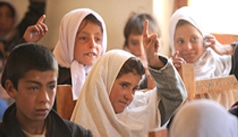
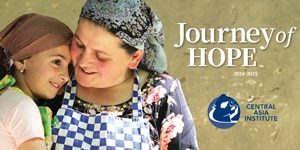

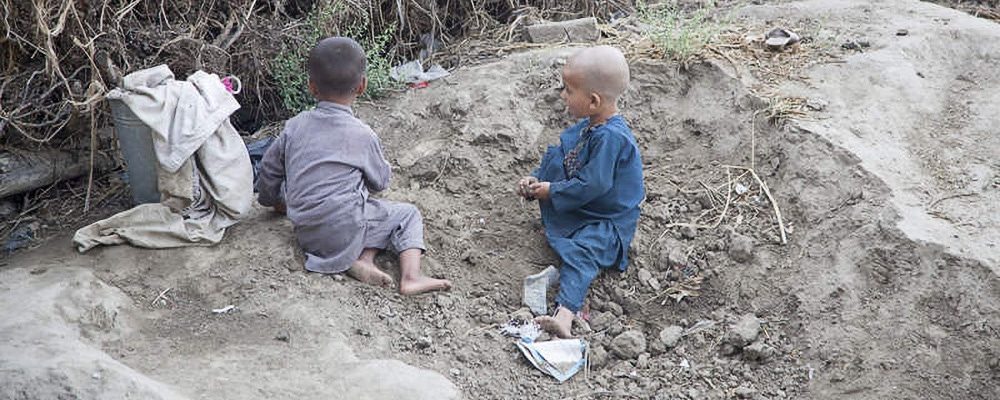



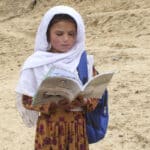
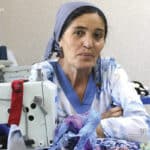



One response to “Part I: Crippling Drought Grips War-Torn Afghanistan”
I am sorry that our government only knows how to drop bombs via drone and not how to save a people from endless war, both here and in Afghanistan. Only the vast difference between here and there.